
BIRDING IN
Caprivi Game Reserve

BIRDING IN
Caprivi Game Reserve

BIRDING IN
Caprivi Game Reserve

BIRDING IN
Caprivi Game Reserve
Caprivi Game Reserve is encompassed by the newly created Bwabwata National Park is located in a narrow extension of northeast Namibia sandwiched between Angola and Botswana. The park can be reached from Etosha National Park via Rundu or from Zambia via Katima Mulilo. The distance from Rundu to Katima Mulilo is 542 kilometers, with the game reserve along the Okavango River covering about 180 kilometers of this distance along the main highway.
There are few tourist facilities as the terrain is extremely sandy. Hence, a 4X4 vehicle is a pre-requisite for enjoying this game park to the fullest. The terrain is generally flat with deciduous woodlands, except for some 97-195 feet high (30-60m) dunes covered in vegetation. The Caprivi Safari Adventure also offers bush walks and sundowners while floating on the pontoons. The Caprivi Strip is well-known for inhabiting over 400 species of birds - the highest number of recorded bird species in Namibia.
Caprivi Game Reserve is now encompassed in the newly established Bwabwata National Park , which covers and protects a substantial portion of the Caprivi Strip in northeast Namibia between Angola and Botswana. The Zambezi Region formerly known as Caprivi Strip is one of the excellent bird-watching destinations in Africa and has over 450 species recorded. It supports many birds not found elsewhere in the country. Most of the Okavango specials can be seen here, including slaty egret, racket-tailed roller and wattled crane. Permanent water in the area makes it a common stopover for many migrants from Eurasia and elsewhere in Africa, from November to April. A variety of waders is abundant throughout the year.
It's basically an extension of the Okavango in northern Botswana. During the 1980's the reserve was used as a military training ground during the independence struggle with South Africa, and during much of the 1990's it was used as a private hunting reserve for the president of Namibia. It has since been set aside as part of the national park and game populations have been recovering since then. The main highway traverses the length of the park, but the park is otherwise still unspoiled wilderness.
The park is very tropical, with heavy rainfall during rainy season from December-March. The habitat is mostly swamps, floodplain, wetland, Mopane woodland, and riverine woodland. The park is a popular game-viewing destination during dry season. It features substantial herds of elephant, zebra, wildebeest, cape buffalo, antelope, lion, cheetah, leopard, and spotted hyena. Over 430 bird species have been recorded in the park. Birding is best during rainy season when the weather is least pleasant.
Birding Specials for Avid Birders include; African hobby, African pygmy goose, Bat hawk, Bearded scrub robin, Bradfield's hornbill, Brown firefinch, Chirping cisticola, Collared palm-thrush, Coppery-tailed coucal, Green-backed honeyguide, Hartlaub's babbler, Lesser jacana, Little bittern, Pearl-breasted swallow, Pel's fishing-owl, Racket-tailed roller, Red-chested flufftail, Rufous-bellied heron, Slaty egret, Southern carmine bee-eater, Swamp boubou, Three-banded courser, Wattled crane, Western banded snake eagle, White-headed lapwing, White-fronted plover, Winding cisticola
The unrivaled beauty of the rivers meeting together and flowing into the Caprivi Strip and going out into the Okavango Delta is home to about 100 different exotic species of fish. This is the reason why the Caprivi Strip is famous for sporting world's best fish out there. Tigerfish can be caught in the Zambezi River. A record of catching Bream fish of about 10 kg has been famous for this place.
Our Experts are ready to provide answers
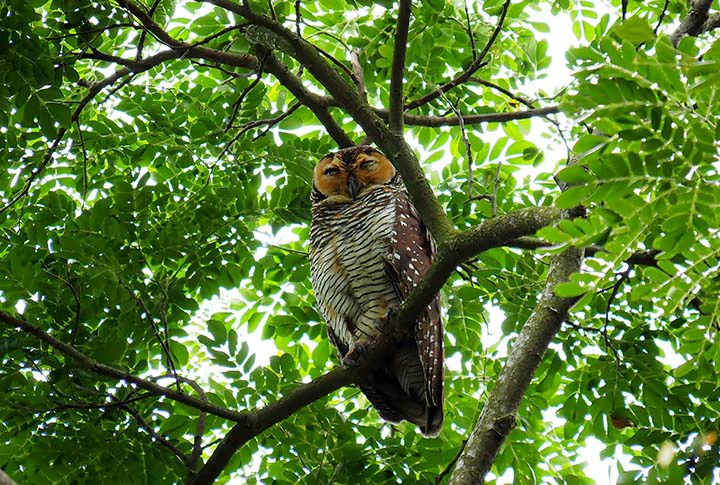
Birds include Wattled Crane, African Skimmer, Western- banded Snake Eagle, Wood Owl, Pel's Fishing Owl, Narina Trogon, Cape Parrot, and both Red-billed and Yellow-billed Oxpeckers.
Read More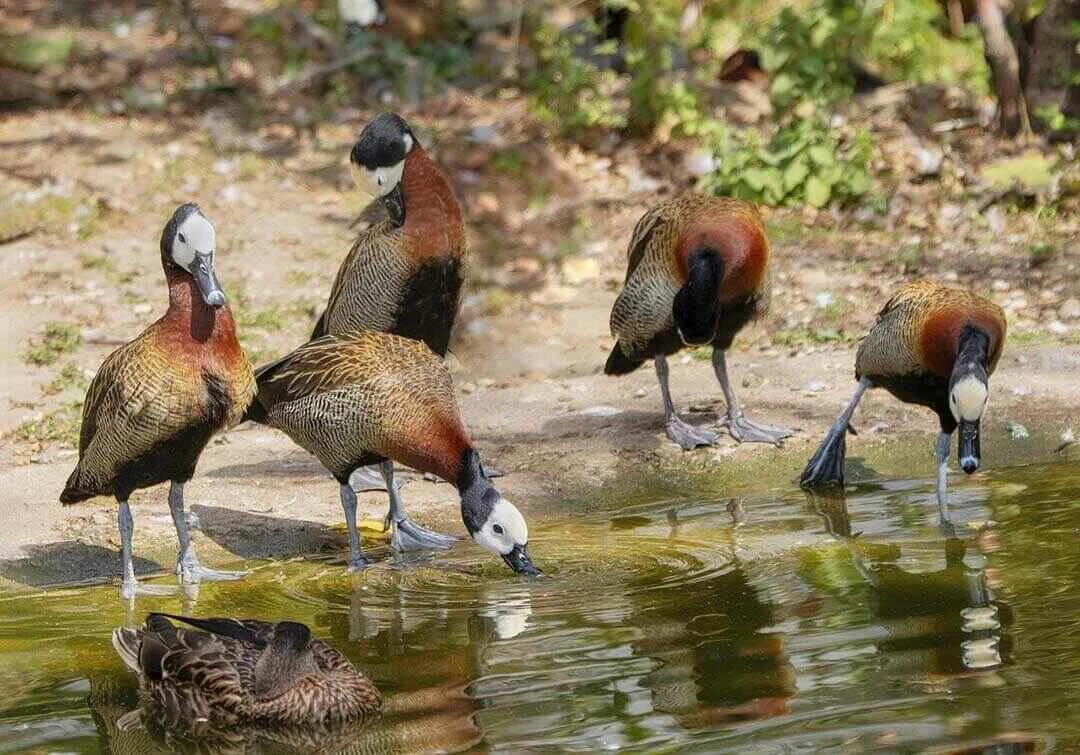
Daan Viljoen delivers brilliant dry country birding and could yield some very special species. This includes Monteiro's Hornbill, Verreaux's Eagle, Rockrunner, Carp's Tit, Short-toed Rock Thrush, Orange River Francolin,
Read More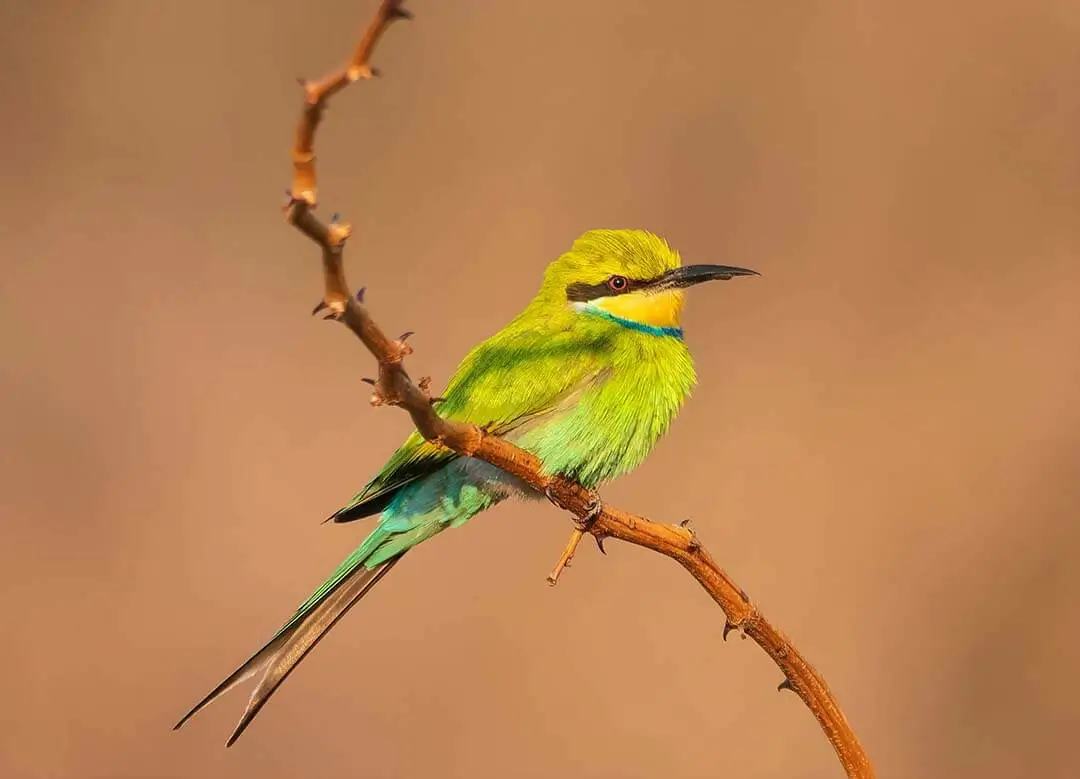
This is one of the best places to see the francolin, which can be very difficult to see and is generally found only early in the morning. The road leads to a National Monument where ancient rock art can be viewed.
Read More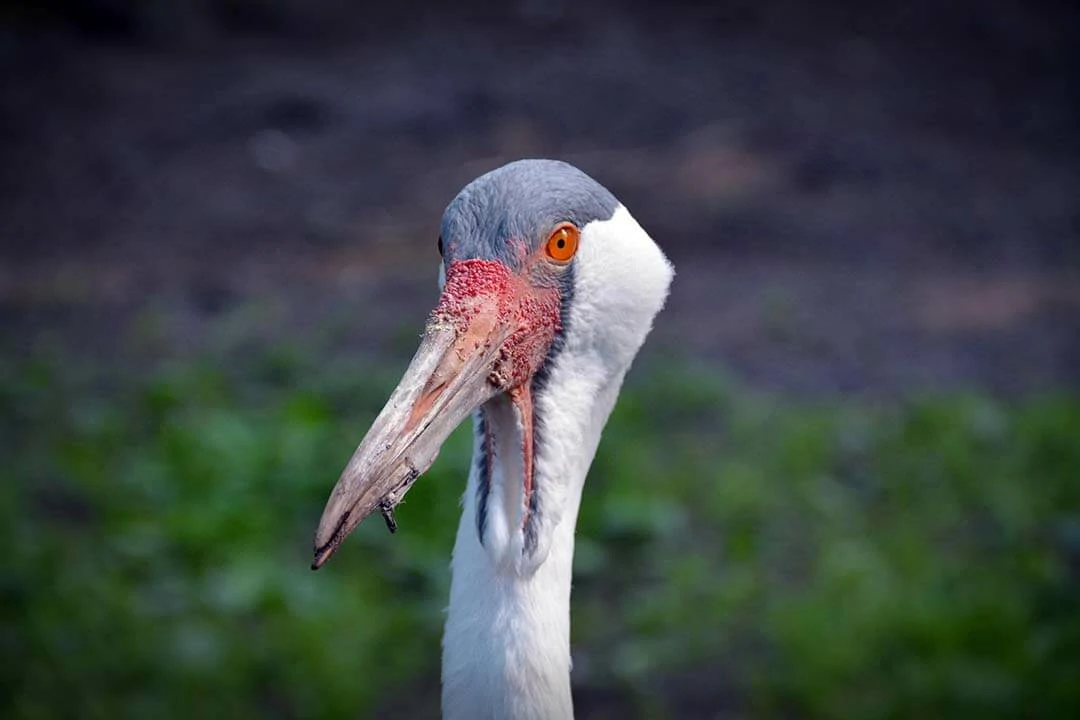
Etosha is home to 340 bird species, about a third of which are migratory. The avian residents of the park make up an eclectic mix that ranges from flamingos to the colourful lilac-breasted roller and eagles soaring high above.
Read More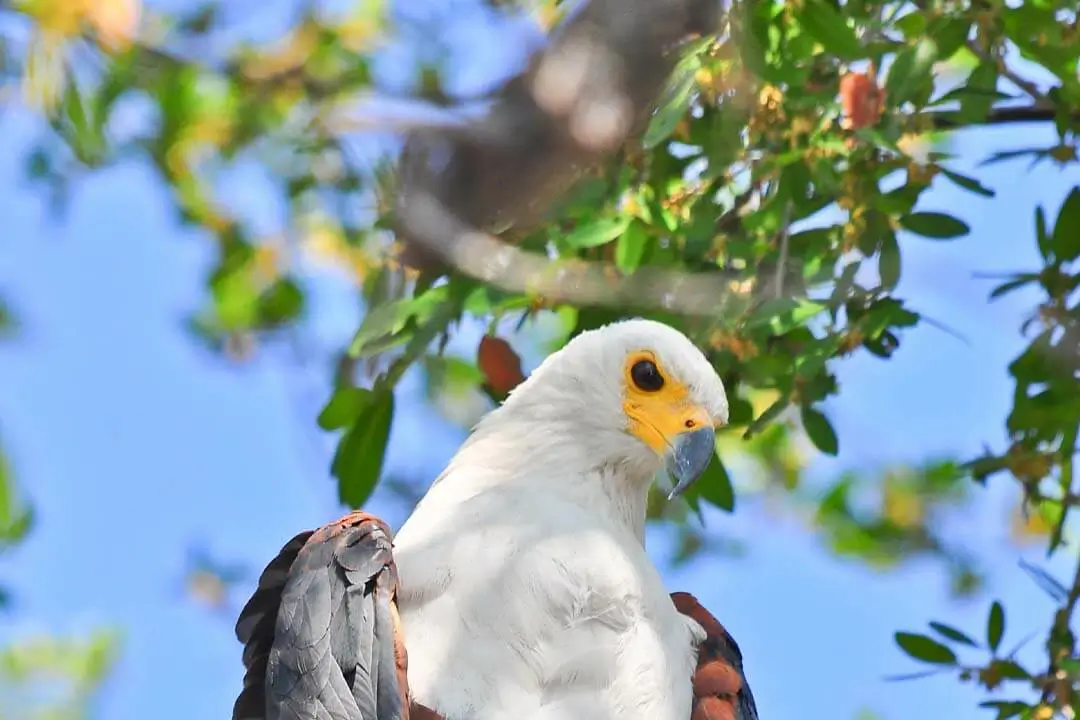
The 284 bird species recorded here include the Great White Pelican, Yellow Billed Stork, Osprey, Bradfield's Swift and Stark's Lark, Ostrich, White Pelican, Reed Cormorant, Darter, Goliath and Purple Heron, Little and Dwarf Bittern,
Read More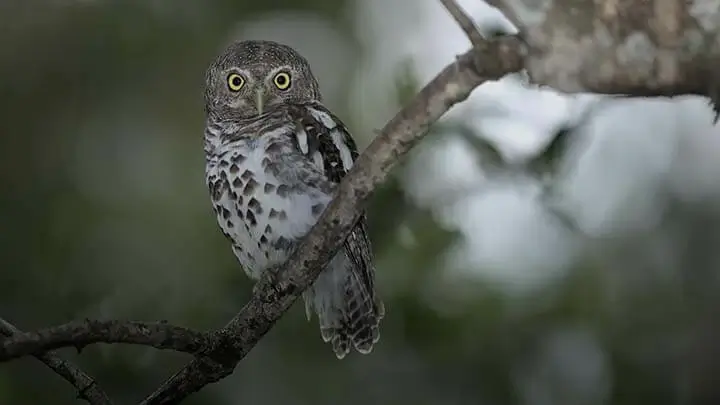
A combination of floodplain, open grassland, mopane and riverine woodland as well as papyrus-lined waterways make this a bird watching paradise. Birds such as Pel's Fishing Owl, Rock Pratincole, African Finfoot, White-backed Night Heron, Brown Firefinch, Coppery Sunbird, Chirping Cisticola, Redfaced Cisticola, Coppery-tailed Coucal are easily found and regularly seen.
Read More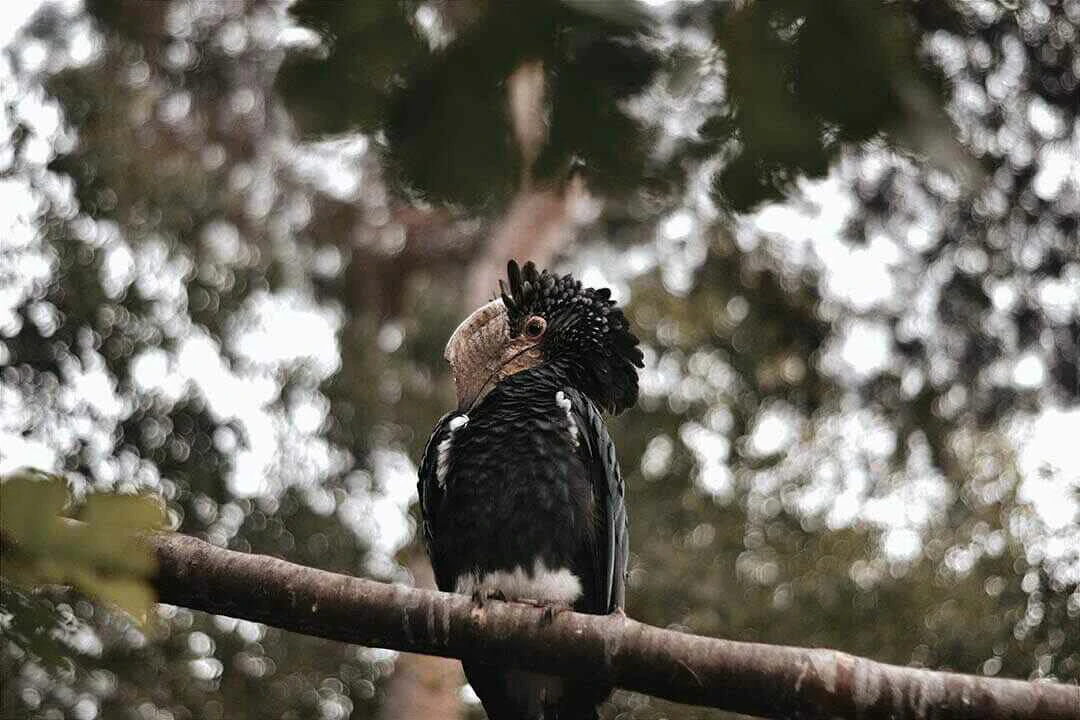
Birding in and around Katima Mulilo town offers plenty of sightings, amongst many others: African finfoots, African skimmers, African fish eagles and, if you are lucky, bat hawks on the River Zambezi.
Read More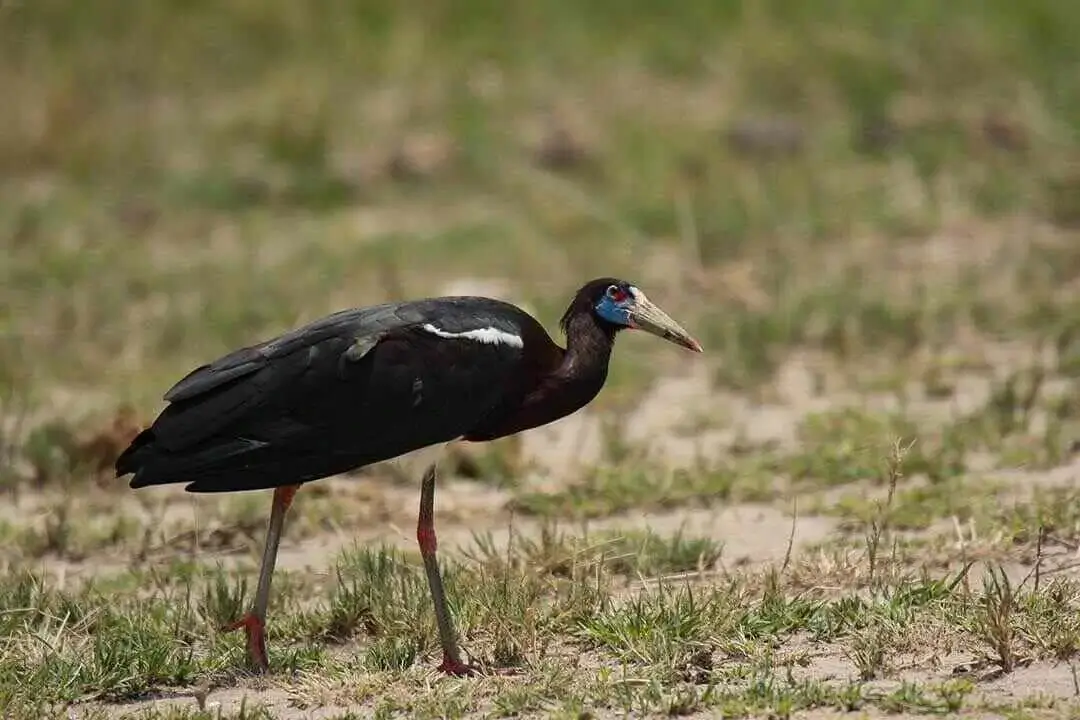
During the months between November and March, there are over 320 species of birds nesting and migrating through the park area. Amongst these, there are over 50 predator species of birds making this an exciting place to visit for bird lovers.
Read More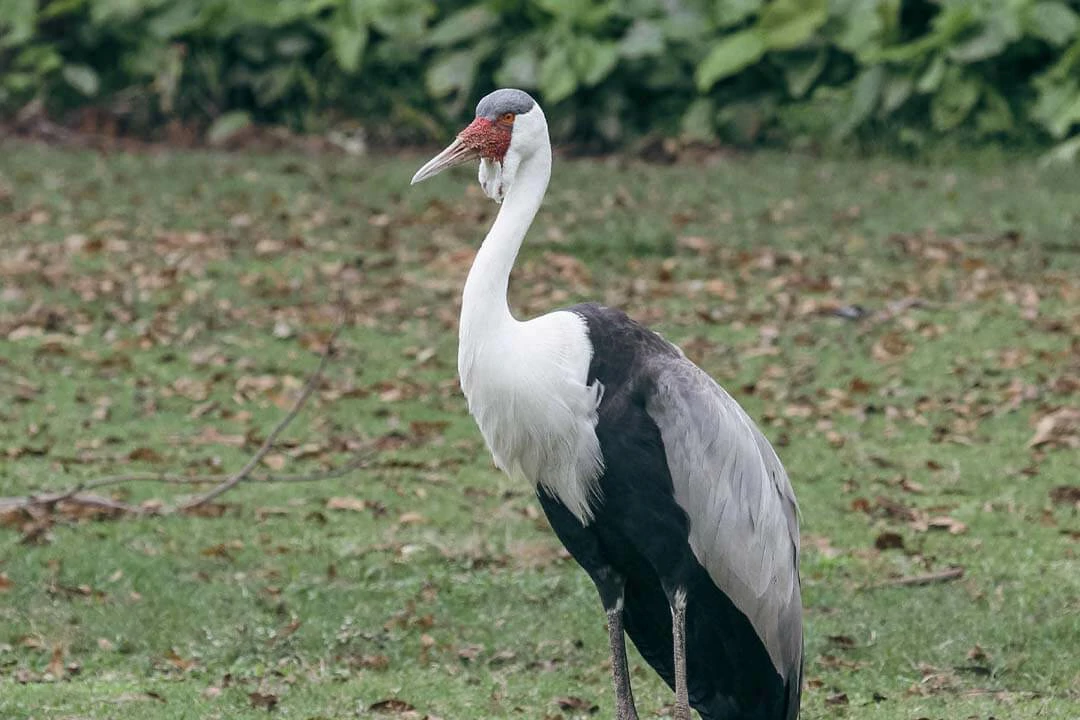
The birding is splendid, with threatened species such as Slaty Egret, Wattled Crane, and Black-winged Pratincole possible.
Read More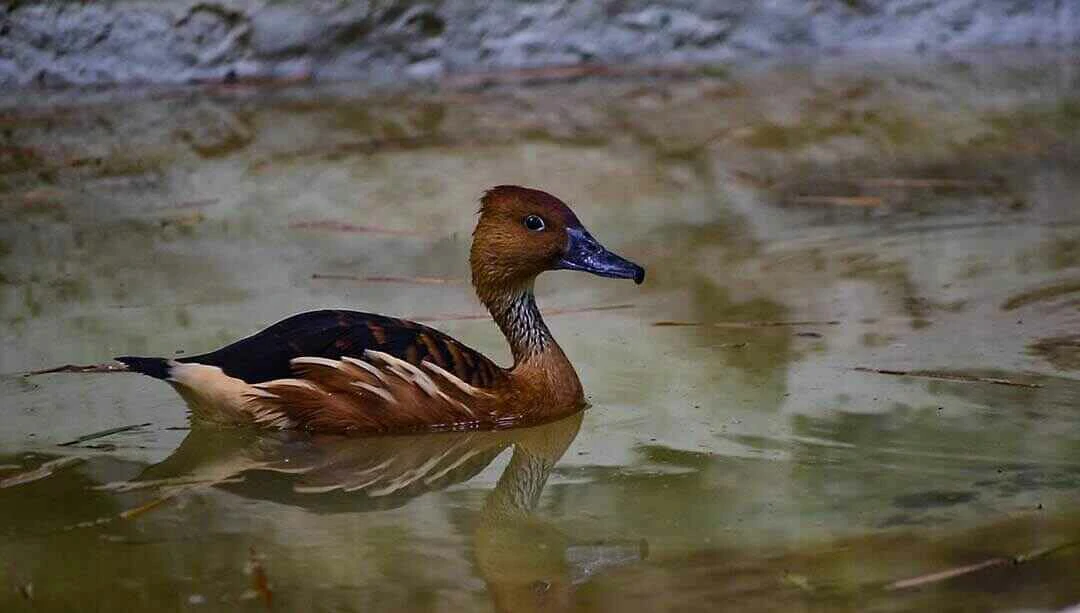
An amazing 430 species of birds have been recorded, which is nearly 70% of Namibia's total, and much game including the rare sitatunga and red lechwe as well as buffalo, elephant, zebra, antelopes, hippo, and crocodiles.
Read More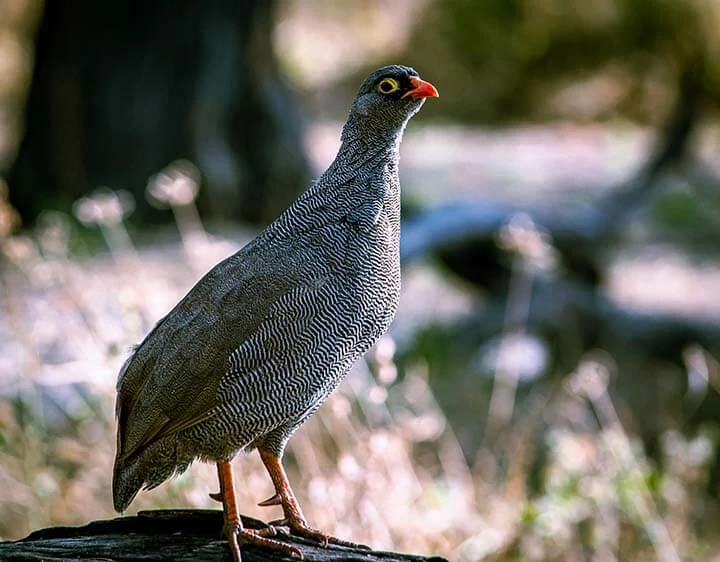
A place to pick up unique birds like Lapped-faced Vulture, Bateleur, Tawny Eagle, Meyer's Parrot, and Striped Kingfisher are among the birdlife vibrant in this region.
Read More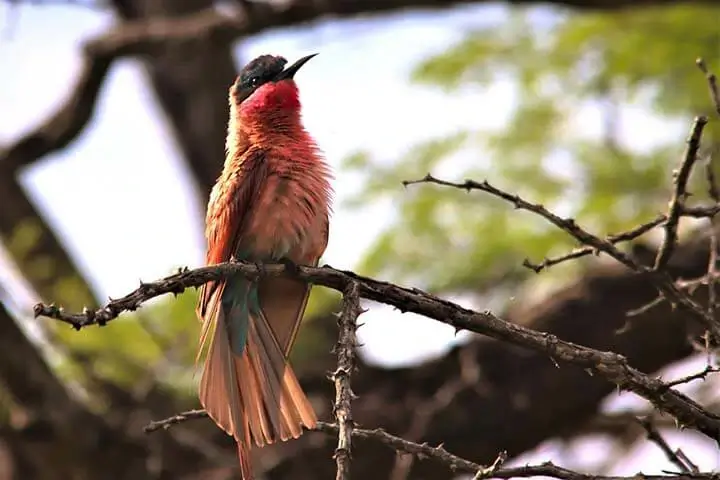
Birding Specials for Avid Birders include; African pygmy goose, Bradfield's hornbill, Bearded scrub robin, Brown firefinch, Collared palm-thrush, Lesser jacana, Grey-backed cisticola, Coppery-tailed coucal,
Read More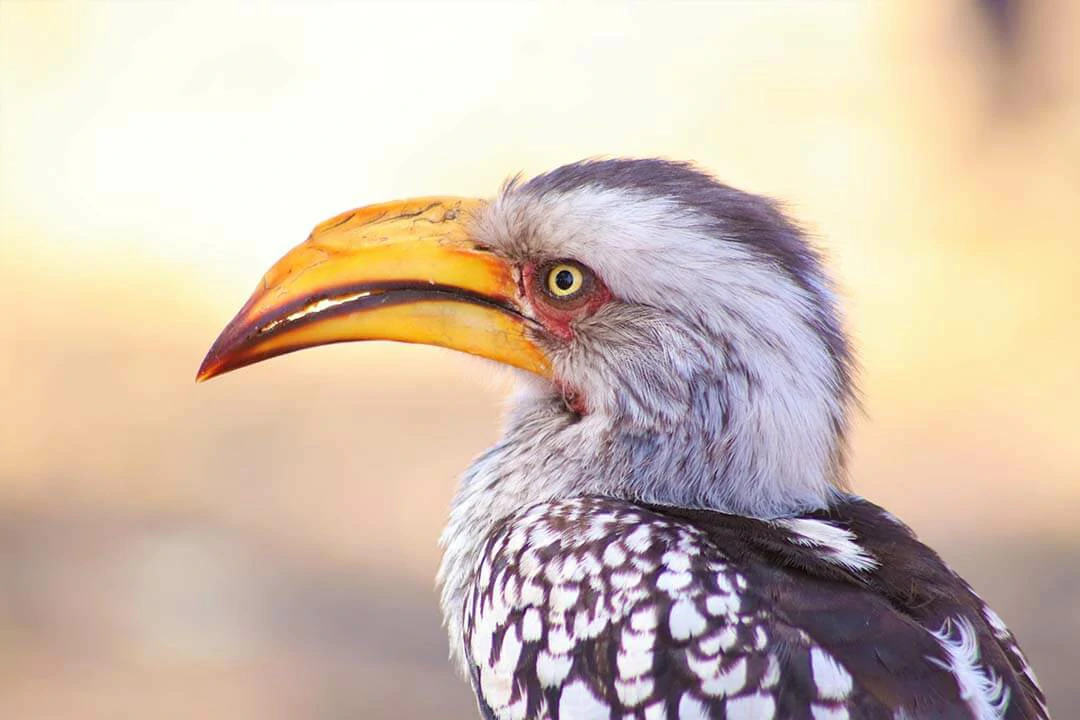
At Okonjima you will see the Africat Foundation at work, learn more about leopard and cheetah, and have excellent photographic opportunities. This is also a very good birding spot.
Read More